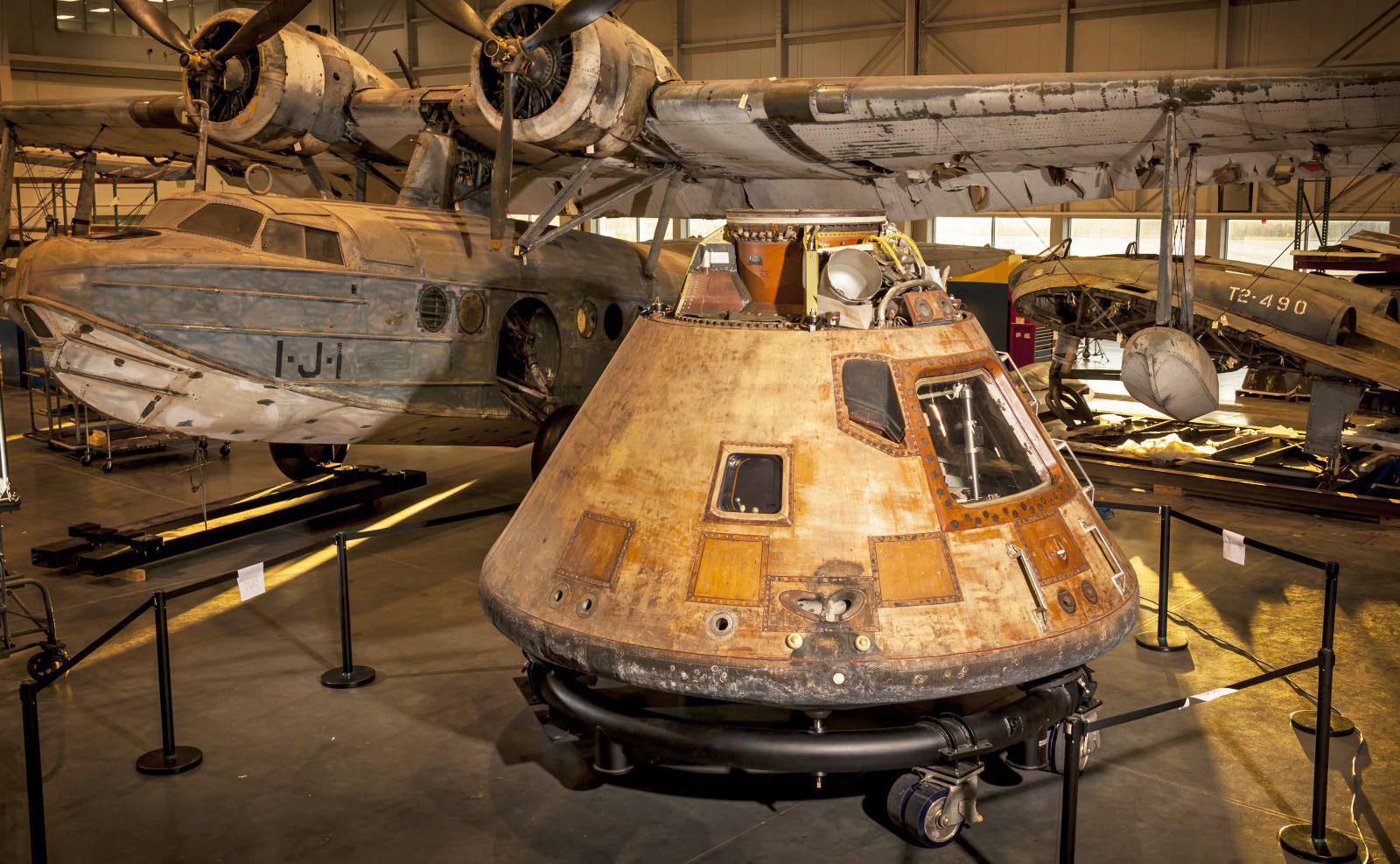On July 20, 1969, the Apollo 11 mission successfully delivered the first humans to the surface of the moon. A few days later, the command module Columbia safely brought Neil Armstrong, Buzz Aldrin and Michael Collins back to Earth.
In celebration of the upcoming 50th anniversary of the moon landing, the Smithsonian Institution's National Air and Space Museum is taking the capsule on a four-city tour over the coming years. It'll be the first time the capsule has left the museum since it opened to the public in 1976, NPR notes.
The exhibition will travel to some of the country's top museums starting later this year and running through the fall of 2019. Locations and dates are as follows:
- Space Center Houston – October 14, 2017 to March 18, 2018
- St. Louis Science Center – April 14, 2018 to September 3, 2018
- Senator John Heinz History Center, Pittsburgh – September 29, 2018 to February 18, 2019
- The Museum of Flight, Seattle – March 16, 2019 to September 2, 2019

Kathrin Halpern, a project director at the Smithsonian Institution Traveling Exhibition Service, said that because of the module's weight (more than 13,600 pounds on its travel ring), it was required that each venue submit engineering documentation to ensure that the floor could support not only Columbia but the rest of the traveling exhibit.
The tour, dubbed Destination Moon: The Apollo 11 Mission, will additionally include more than 20 other related artifacts. Once complete, the module will return to the National Air and Space Museum where it'll be part of a permanent Destination Moon exhibit scheduled to open in 2020.